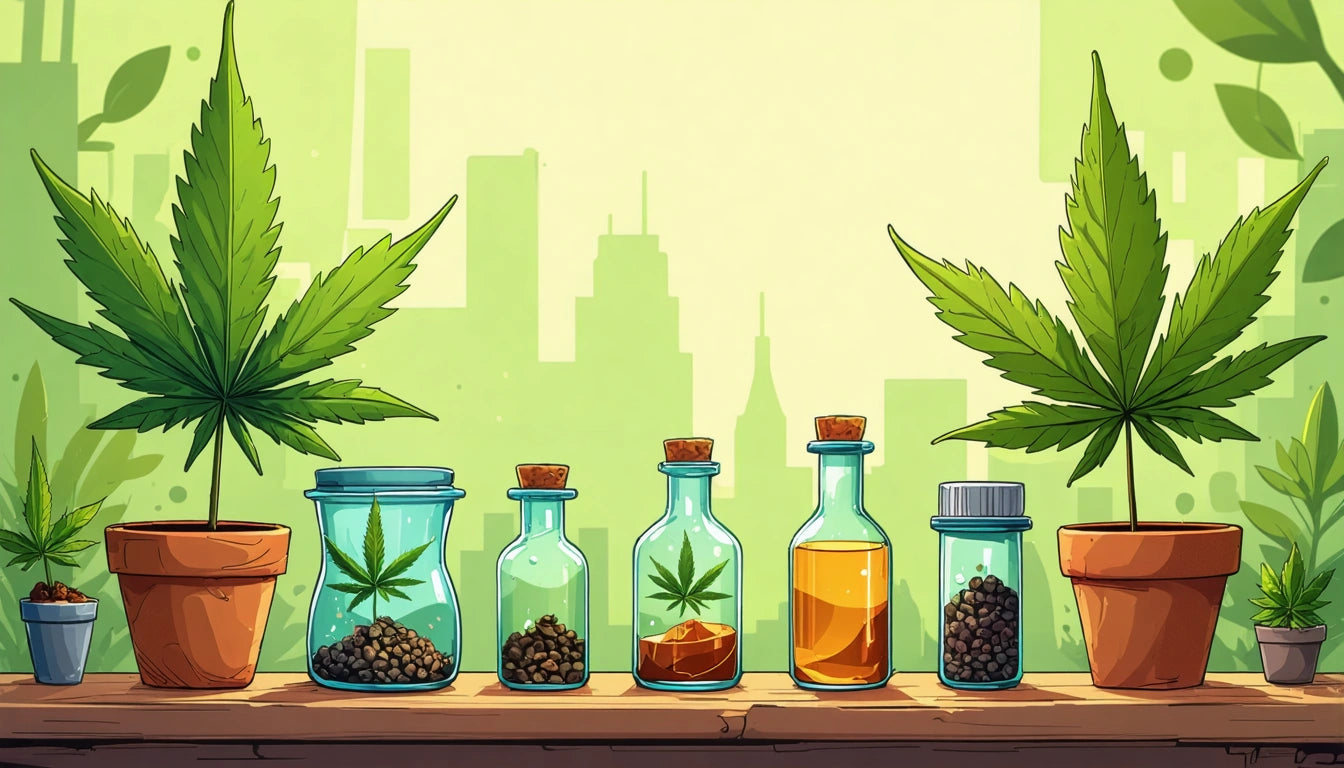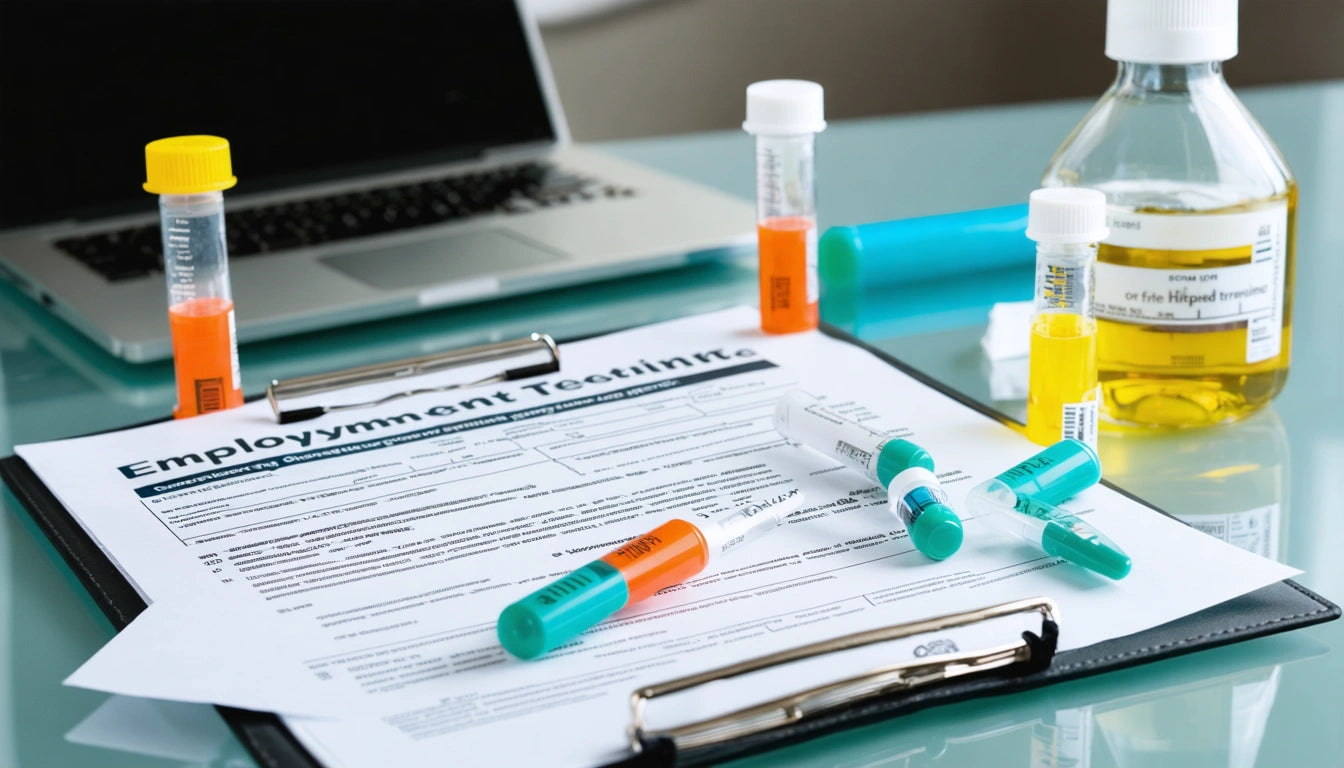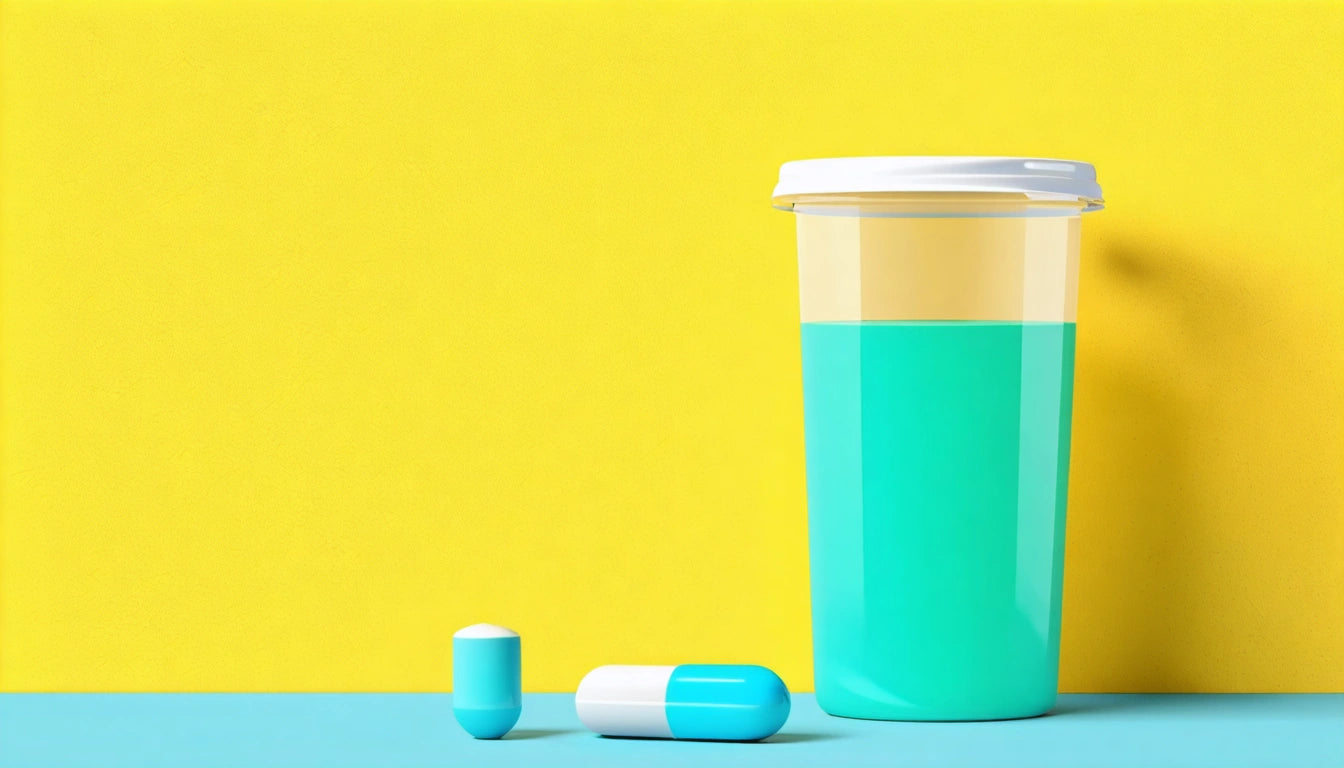Table of Contents
- What is Decarb? Understanding Cannabis Decarboxylation
- Optimal Temperature and Time for Decarboxylation
- Popular Decarboxylation Methods and Equipment
- Moisture Management: The Role of Desiccants in Decarboxylation
- Testing Your Decarboxylation Results
- Advancing Your Decarboxylation Knowledge: Next-Level Techniques
Decarb Demystified: Optimal Temperatures, Times, and Techniques for Success
Decarboxylation is a crucial yet often misunderstood process in cannabis preparation. This chemical reaction transforms inactive compounds into bioavailable cannabinoids that produce the desired effects. Whether you're creating edibles, tinctures, or topicals, understanding the best decarb temp and time can significantly impact your final product's potency and efficacy.
What is Decarb? Understanding Cannabis Decarboxylation
Decarboxylation, commonly shortened to "decarb," is the process of removing a carboxyl group from cannabinoids, releasing carbon dioxide. In its raw form, cannabis contains primarily THCA and CBDA, which are non-intoxicating acidic compounds. When heated, these compounds convert to THC and CBD, the active forms that interact with the body's endocannabinoid system.
According to this comprehensive guide on decarbing, the process is essential because without it, cannabis would provide minimal psychoactive or therapeutic effects when consumed orally. The decarboxylation reaction looks like this:
- THCA → THC + CO2
- CBDA → CBD + CO2
Optimal Temperature and Time for Decarboxylation
Finding the Sweet Spot for THC Conversion
The best decarb temp and time balance maximizing conversion while minimizing degradation. Research indicates that the optimal temperature range for decarboxylating THCA to THC is between 230 °F and 250 °F (110 °C to 121 °C). At these temperatures, the recommended decarb time is typically 25-30 minutes.
Going higher than 250 °F risks degrading THC to CBN, which has different effects. Lower temperatures require longer times but may preserve more terpenes and flavor compounds.
CBD Decarboxylation Parameters
For CBD-rich material, slightly higher temperatures of 250 °F to 280 °F (121 °C to 138 °C) for 30-60 minutes are often recommended. CBD is less volatile than THC, requiring more heat energy for complete conversion.
Popular Decarboxylation Methods and Equipment
Oven Method
The conventional oven remains the most accessible decarb method. For best results:
- Preheat oven to 240 °F (115 °C)
- Grind cannabis coarsely
- Spread evenly on a baking sheet lined with parchment paper
- Bake for 30-40 minutes, stirring halfway through
Keep in mind that most home ovens have temperature fluctuations of ±20 °F, which can affect consistency. Using an oven thermometer helps monitor actual temperatures.
Specialized Decarboxylators
Dedicated decarboxylation devices offer precision and convenience. These purpose-built machines maintain exact temperatures and often include odor-reduction features. While more expensive than DIY methods, they provide consistent results and simplify the process.
Moisture Management: The Role of Desiccants in Decarboxylation
Moisture content significantly impacts decarboxylation efficiency. Excess moisture can create steam during heating, leading to uneven results. This is where the best desiccant options come into play.
Desiccants are materials that absorb moisture. For cannabis processing, food-grade silica gel packets or molecular sieves are commonly used. When preparing material for decarb:
- Ensure cannabis is properly dried (ideally 10-12% moisture content)
- For slightly moist material, place in a sealed container with desiccant packets for 24-48 hours before decarbing
- Use accurate digital scales to measure before and after drying to track moisture loss
Proper moisture management not only improves decarboxylation results but also helps prevent mold growth in stored cannabis products.
Testing Your Decarboxylation Results
How do you know if your decarboxylation was successful? While laboratory testing provides the most accurate results, there are several indicators of effective decarb:
- Color change: Cannabis typically darkens from green to light/medium brown
- Aroma: The smell changes from fresh/grassy to more nutty or toasted
- Texture: Material becomes drier and more brittle
For those seeking quantitative data, portable cannabinoid analyzers are becoming more accessible for home and small-business use, though they represent a significant investment.
This comprehensive decarb guide suggests that a small test batch before committing larger quantities can help dial in your specific process.
Advancing Your Decarboxylation Knowledge: Next-Level Techniques
As you become more comfortable with basic decarboxylation, consider these advanced approaches to further refine your process:
- Sous vide decarboxylation: Using water bath immersion circulators for precise temperature control
- Terpene preservation: Two-stage heating processes that capture volatile terpenes before they evaporate
- Commercial-scale solutions: Closed-loop systems that recapture terpenes while decarboxylating larger batches
Advanced decarboxylation techniques continue to evolve as cannabis processing technology improves. The future of decarb lies in greater precision, better terpene preservation, and more efficient processing methods.
Whether you're a home enthusiast or commercial producer, mastering decarboxylation fundamentals while staying informed about emerging techniques will ensure your cannabis products deliver consistent, effective results.











Leave a comment
All comments are moderated before being published.
This site is protected by hCaptcha and the hCaptcha Privacy Policy and Terms of Service apply.